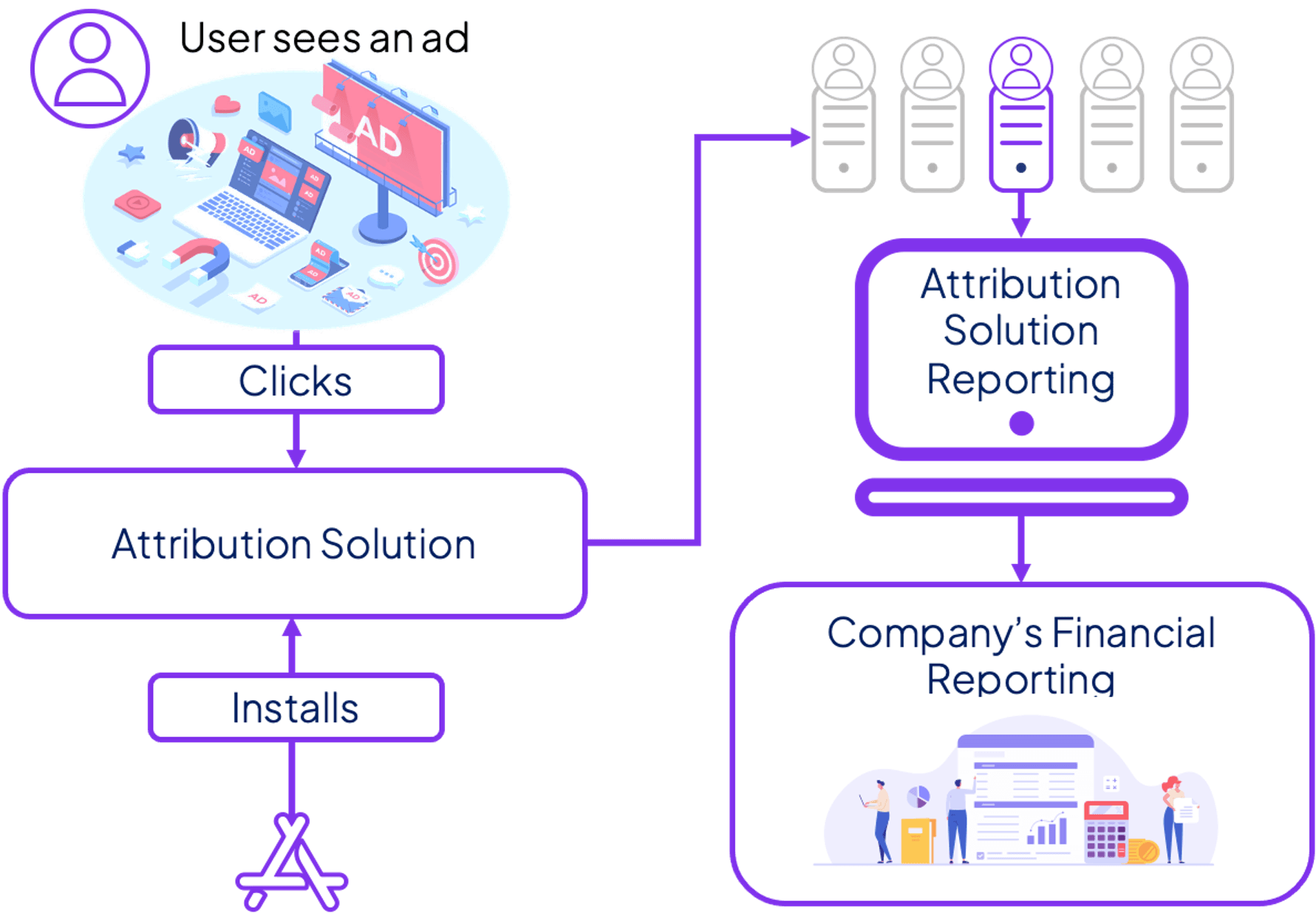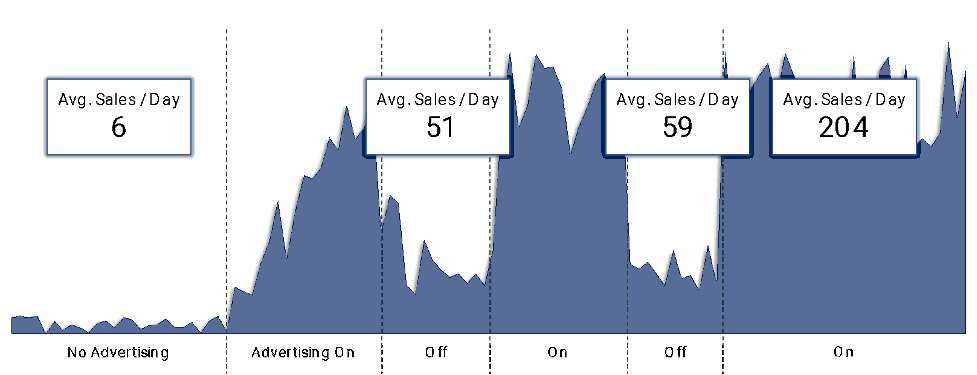Platform
Use Cases
Many Possibilities. One Platform.
AI and Automation
The Always-on Incrementality Platform
Solutions
Teams
Built for your whole team.
Industries
Trusted by all verticals.
Mediums
Measure any type of ad spend
Use Cases
Many Possibilities. One Platform.
AI and Automation
The Always-on Incrementality Platform
Teams
Built for your whole team.
Industries
Trusted by all verticals.
Mediums
Measure any type of ad spend

Every B2C and D2C company faces a constant clash between marketing and finance departments. Marketing is often perceived as creative, flashy, and liberal with spends, while Finance is the conservative, numbers driven realist, controlling projections and figures, so that the business of the company reaches goals, and maintains a positive liquidity and cash flow.
Up to recent years, these two departments felt as if they had a perfect synch, Marketers used tools like attribution platforms, allowing them to “prove” the value of paid ad spend, by attributing exact sales and revenue figures to ad spend. Controlling teams were able to connect this data and build forecasting models, making sure that the company’s cash flow and liquidity remained in order.
But this changed, as soon as Apple announced and deployed “App Tracking Transparency” making performance measurement via user-level data impossible. Companies which had their entire infrastructure built on attribution data became blindfolded overnight.
Naturally, this caused a disruption in the relationship between CFOs and CMOs. If marketing spends, which is often the largest cost item on the P&L sheet, cannot be measured properly, it calls into question its validity. In response, many companies reduced ad spend, which may have led to a reduction in sales.
User level tracking offered an incredible promise to companies; 1:1 tracking between ad spend and performance data.

The diagram here explains how user-level marketing measurement works.
However, what this method completely ignores is the simple question: What credit is due to ads the user saw previously? What credit is due to campaigns running on untrackable mediums such as TV?
Or the most problematic question: What if the user was already going to download the app, but saw or clicked an ad on their way to the store?
After making the decision to cut down ad spend, many CFOs realized what marketers feared the most: the total number of sales and revenues was hardly affected, or more than often – not affected at all.
User level marketing measurement, which played such a critical component in companies data infrastructure, revealed its biggest shortcoming:
when running paid media at scale, user-level attribution will do the job it’s designed to do: attribute, but it will not ensure that the performance yielded by ad spend is incremental.
During the early days of advertising, the most common way to measure if advertising was creating incremental results was to conduct incrementality experiments. In the past, an incrementality test was as simple as pausing marketing spends for a period of time, and restarting marketing, to calculate the change in performance based on the delta in spend, thus attributing the value Advertising
had over installs. 
Measuring incrementality today is often significantly more complex, as companies typically advertise across multiple channels (whose audience reach overlaps) and the performance of ads may be influenced by various factors.
Pausing a channel, while keeping other channels live and running, will often cause the active channels to claim the conversions for themselves, simply given the fact that channels like Facebook, Google, Twitter, TikTok and so on have a high degree of user overlap.
Conducting an incrementality test using an experiment may cause companies to reach wrong conclusions, often diverting ad spend to channels that are good at being the last ones users pass through.
The perfect analogy to this would be to create a football lineup, but remove the players that don’t normally score a goal. Such as the goalkeeper.
Advanced incrementality measurement methodologies utilize AI and algorithms to measure the variance and volatilities in performance value, and assign those values to marketing activities.
By applying algorithmic models, advanced incrementality measurement will factor in normal seasonality, and external variables, while considering day-to-day operational marketing changes. This allows companies to spot any fluctuations in performance, allocating the incremental value to an action such as starting a new campaign or increasing ad spend. It’s also able to measure the negative effect if any, when pausing or stopping campaigns or certain channels.
Only by adopting this new methodology of measurement, are marketers able to accurately demonstrate the success of marketing spend. Companies can then use advertising to their best advantage and effectively operate at scale and efficiency.
INCRMNTAL is an incrementality measurement platform which does not rely on or require user level data. The platform measures value, rather than user clicks.
INCRMNTAL has helped many companies with their marketing measurement challenges following the demise of user level data. We unlock efficiencies and reveal scaling opportunities for businesses.
If you want to speak with us, schedule a short discovery call with us